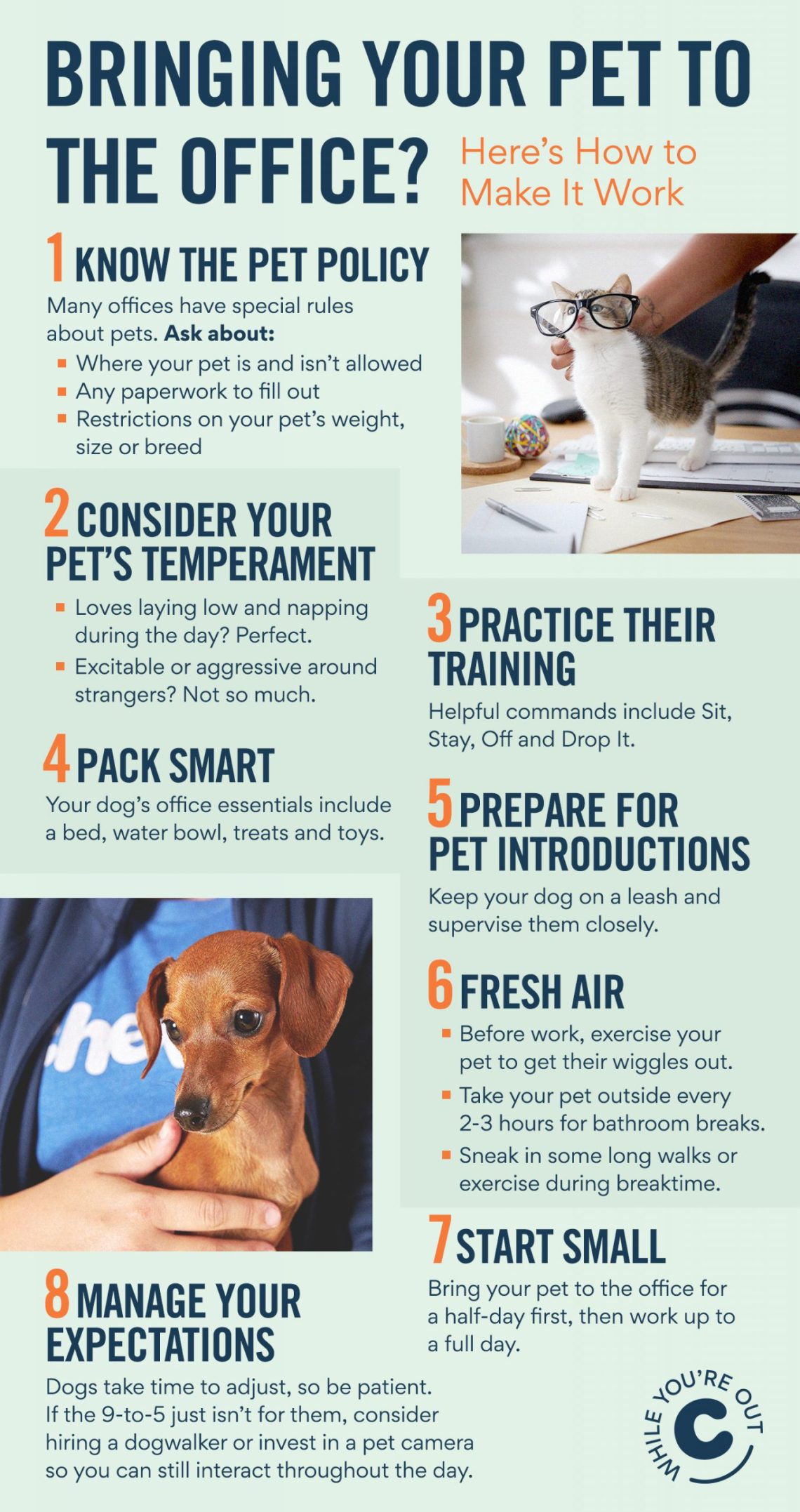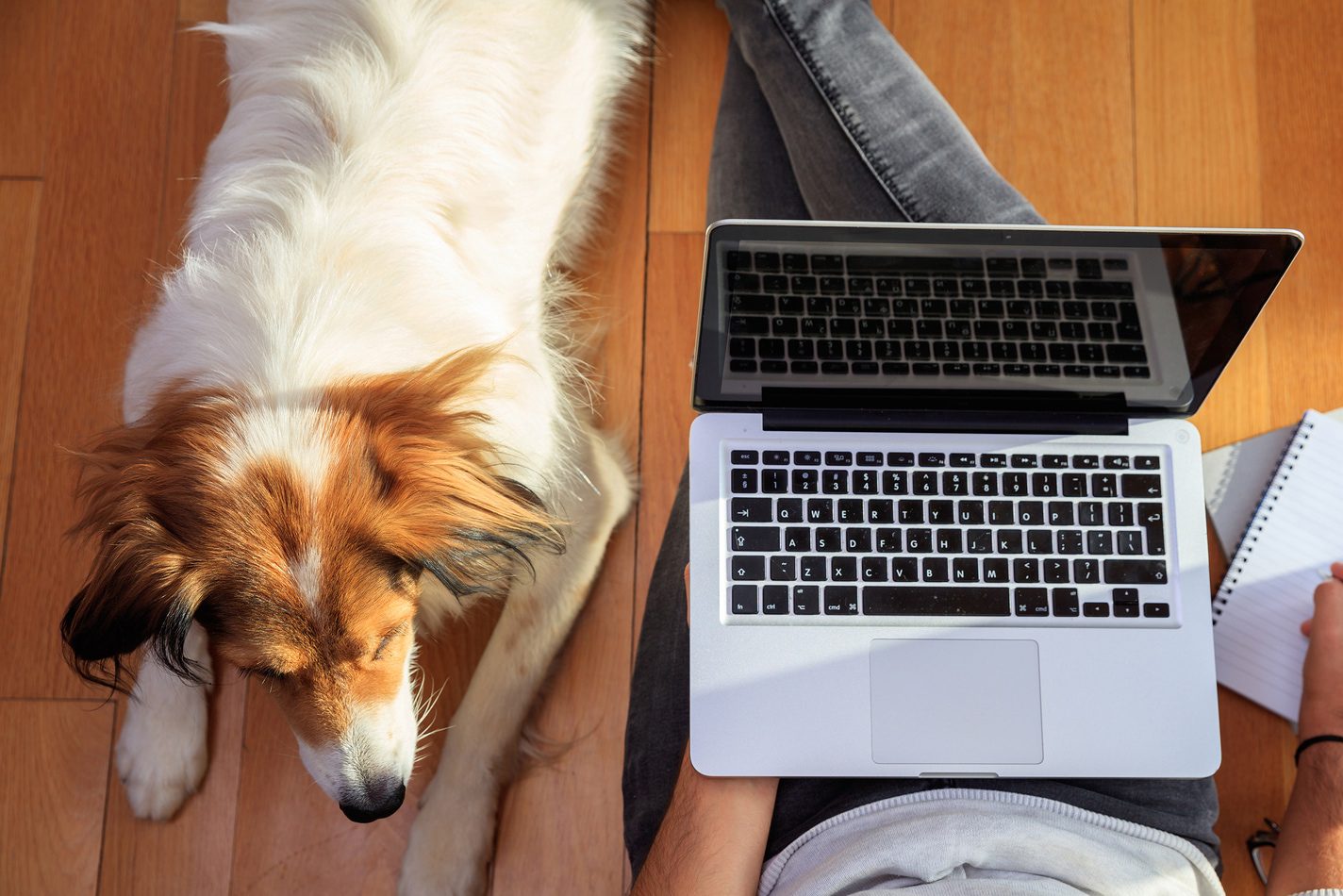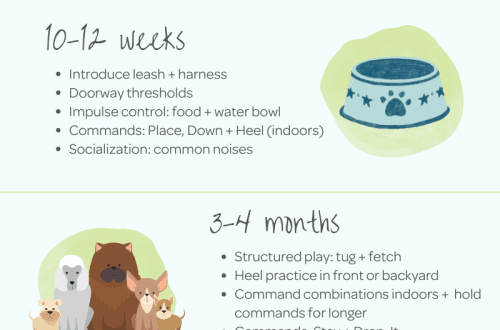
Take Your Dog to Work: Practical Tips
For twenty years in a row, the United States has been running the Take Your Dog to Work Day campaign in June, launched by the Pet Sitters International, which is calling on companies around the world to allow employees to bring pets to work at least one day a year. By drawing attention to the importance of communicating with dogs, the members of the Association hope to encourage people to adopt animals from shelters.
Before you join Take Your Dog to Work, consider whether your workplace is suitable for a pet. Bringing a calm animal to a library or office is quite possible, but an eccentric puppy to a busy machine shop is dangerous. In addition, restaurants and hospitals, for example, have strict rules that restrict animals from entering certain areas. However, many shops, offices and even scientific laboratories are already accepting incoming four-legged “specialists”.
Do you still think that everyone at your work will only be delighted with your pet? Then read on to find out how to make your dog a full member of the workforce.

Find an Approach to Leadership
Does your job description say nothing about animals in the workplace? Then, in order to join the celebration of Dog Day at work, you need to find the right approach to leadership.
- Tell us about the benefits of four-legged colleagues. Studies have shown that even being in the office for just one day a year, animals help employees relieve stress, increase job satisfaction and, crucially, create a positive perception of the employer among employees.
- Act as an organizer. As the initiator of the event, you will need to obtain confirmation of vaccinations and treatments against parasites from the dog breeders. It will also be necessary to discuss the behavior of the dogs during the day. While animals can be great “colleagues,” their owners (your gleeful workmates) should not forget that work still requires maximum attention from them. International Association of Pet Sitters Take Your Dog to Work.
- Enlist the support of colleagues. Before going to the management, it is good to know how many of your colleagues want to take part in the event. Also, be sure to find out if any of your employees have allergies, those who are afraid of dogs, or simply object to animals at work. As you work through all these points, be polite.
- Give examples of successful companies that have four-legged “workers”. Hill’s, for example, loves it when employees bring their dogs to work. According to Fast Company magazine, the most well-known companies that allow pets to work are Amazon, Etsy and Google.
Preparing for the arrival of pets
Allowed? Super! But there’s still one more thing to do before your furry friend goes with you to a production meeting on Dog Day at Work.
The International Pet Sitter Association has developed a set of guidelines to help you avoid “firing” your pet on Dog Day at Work.
- Make your workspace safe for your dog. Does your dog love to chew? All hazardous items such as wires, various insecticides, cleaning products, and poisonous (for dogs) houseplants must be removed from the animal’s reach (The American Society for the Prevention of Cruelty to Animals has developed a helpful guide to this question). There should be an area near your work where you can take your pet for a walk.
- Make sure the dog is ready for the first day. In addition to timely vaccinations, the pet must have a well-groomed appearance. He needs good manners too. A dog that jumps on people (even just to say hello) or is not toilet trained is not the most welcome visitor in the workplace. And if she likes to bark, it might not be worth taking her to a quiet office, especially if there are other animals that will annoy her.
- Consider the nature of your dog. Is she suspicious of strangers? Is she shy? Too friendly? Before deciding to hire her, remember how she behaves in the presence of new people. If an animal growls at strangers, of course, he needs to stay at home and maybe even work out with an instructor.
- Gather a bag of pet supplies. You will need water, treats, a water bowl, a leash, paper towels, cleaning bags, a toy to keep your pet busy, and a pet-safe disinfectant in case of injury. You may also need a portable aviary or carrier if you work in an open space office.
- Do not impose your dog on colleagues. Believe me, they will come by themselves if they want to get acquainted with your cute creature. In addition, be sure to tell staff about what you can and cannot treat your dog, and about other rules you have established. You do not want someone to accidentally give your pet a piece of chocolate or, for example, ask the animal to jump, if this is strictly prohibited in your home.
- Come up with a plan B in case your dog gets overwhelmed or tired. You need to think about where you can take your pet if you notice that he looks overexcited or scared, or if there is a problem with colleagues. Never leave your dog in a car. An animal can overheat and suffer within minutes, even on a cool day.

dog party
Not only will you be able to show your management that you can get things done even when surrounded by dogs, but you can also celebrate Dog Day at work during your lunch break or after work. You can invite a photographer and order cool souvenirs with photos of pets and their owners, arrange a tea party with treats. During the break, you can walk with your four-legged friend or run with him at the nearest dog run.
During the “Take Your Dog to Work” campaign, you can arrange a charity event. Get a list of essential items that your local animal shelter needs and ask colleagues to bring donations. Or ask volunteers to bring a few dogs from the shelter to meet you. Suddenly, at this “exhibition” your “dogless” colleagues will find best friends!
Dog Day at Work can be not only fun, but educational for the entire office! Perhaps, by planning this day and infecting the leadership with your idea, you will be able to lay a wonderful tradition that brings joy and strengthens friendly relations between all participants.





